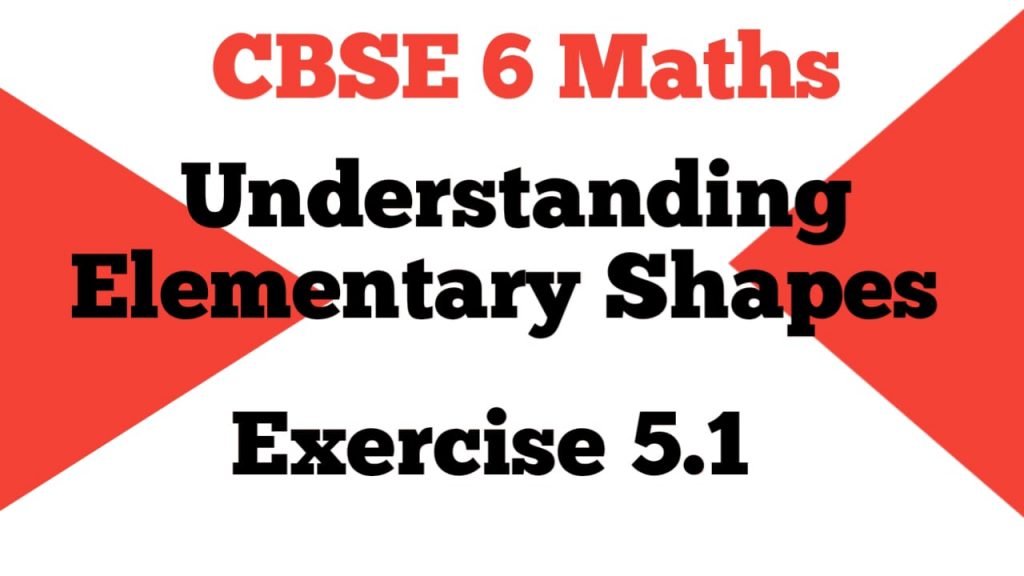Understanding Elementary Shapes
Exercise 5.1
Questions with (*) sign are open-ended questions.
1). What is the disadvantage in comparing line segments by mere observation?
The disadvantage in comparing line segments by mere observation is that there may be possible errors in viewing.
2). Why is it better to use a divider than a ruler, while measuring the length of a line segment?
It is better to use a divider than a ruler to avoid any errors caused by the improper ruler.
3). Draw any line segment, say AB. Take any point C lying in between A and B. Measure the lengths of AB, BC and AC. Is AB = AC+ CB?
[Note: If A, B, C are any three points on a line such that AC + CB = AB, then we can be sure that C lies between A and B].
Yes, AB = AC+ CB.
4). If A, B, C are three points on a line such that AB = 5 cm, BC = 3 cm and AC = 8 cm, which one of them lies between the other two?
Given: AB = 5 cm,
BC = 3 cm
AC = 8 cm
AB + BC = 5 + 3
= 8
= AC
AB + BC = AC
Therefore, B lies between A and C.
5). Verify, whether D is the midpoint of AG.

AD = 4 – 1 = 3
DG = 7 – 4 = 3
Since AD = DG, therefore, D is the mid-point of AG.
6). If B is the midpoint of AC and C is the midpoint of BD, where A, B, C, D lie on a straight line, say why AB = CD?

B is the mid point of AC
AB = BC . . . . . . . . . (I)
C is the mid point of BD
BC = CD . . . . . . . . . (II)
From (I) and (II)
AB = BC = CD
Therefore, AB = CD
(*) 7). Draw five triangles and measure their sides. Check in each case, if the sum of the lengths of any two sides is always less than the third side.
The sum of the lengths of any two sides is always less than the third side.
Click here for the solutions of
![]()
